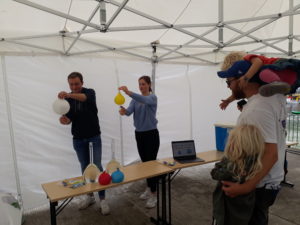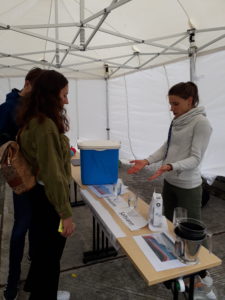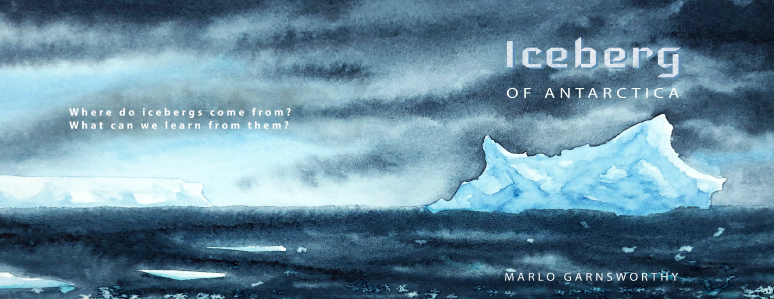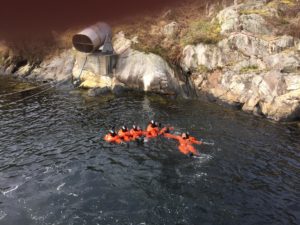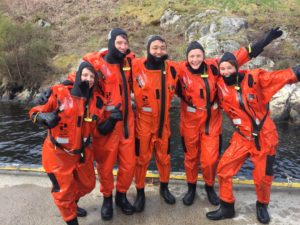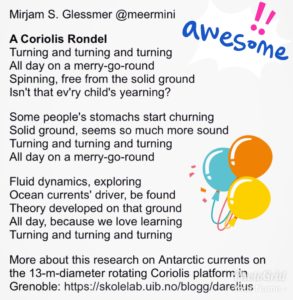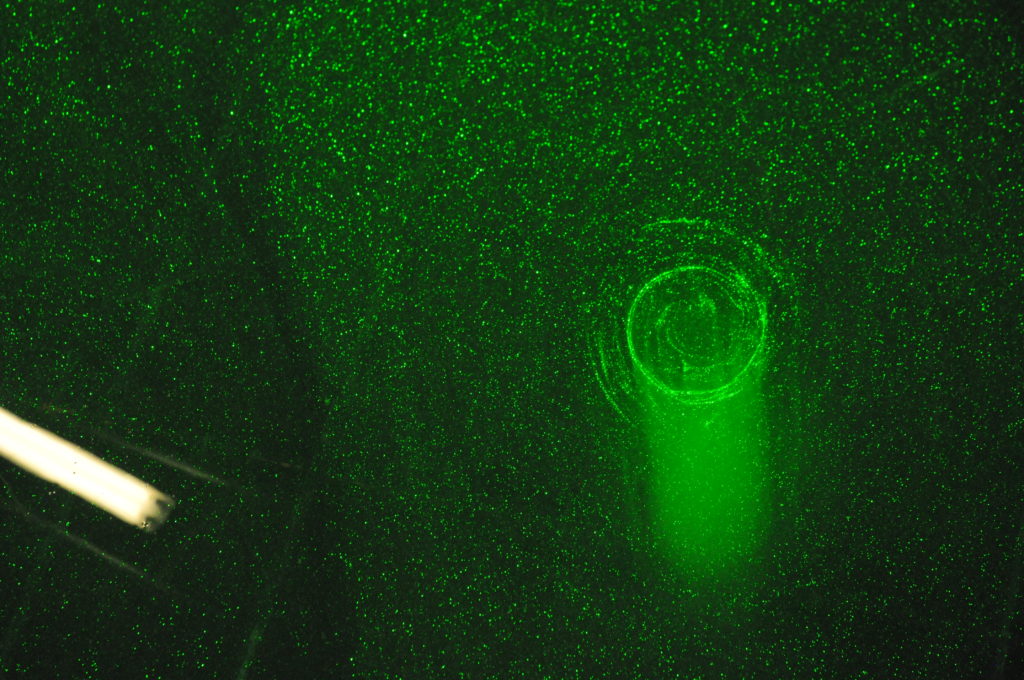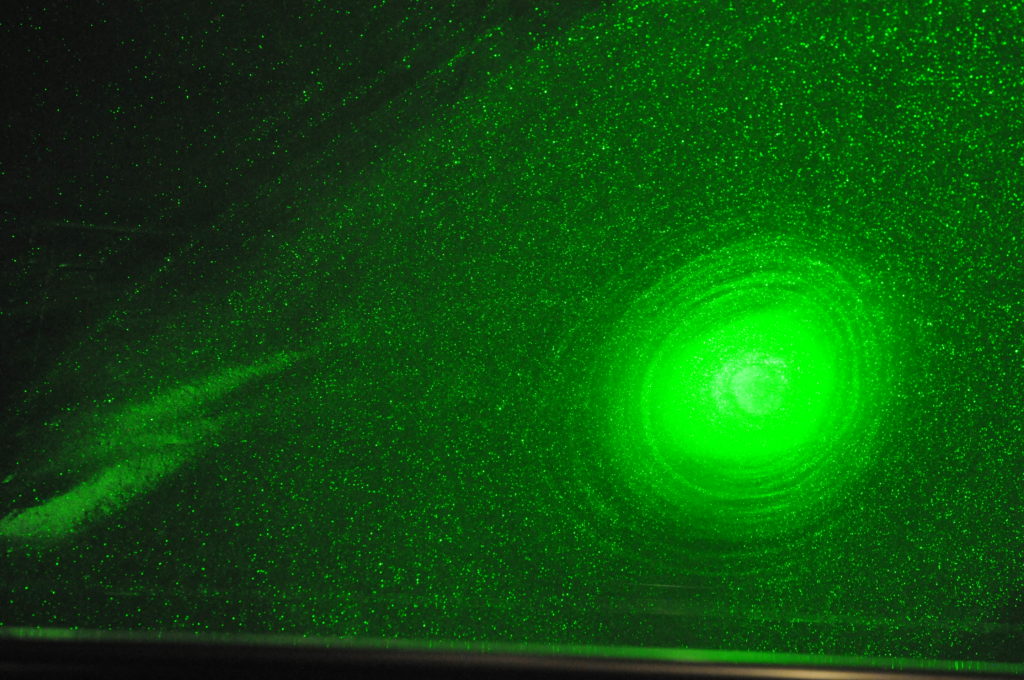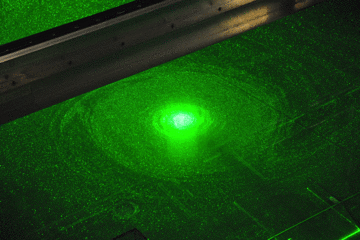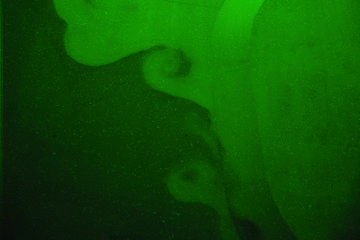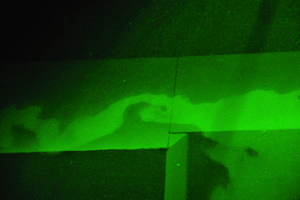Not much polar oceanography in this post… but a lot of colors, physics (or is it chemistry?) and most importantly, a lot of fun! so I thought I’d share the results of me and my daughters playing in the kitchen a few evenings ago. (not much homework this week!)
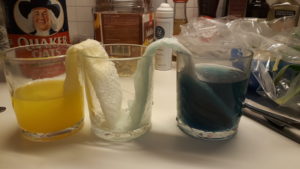
Guess what will happen? (you’ll find the answer at the bottom of the post)
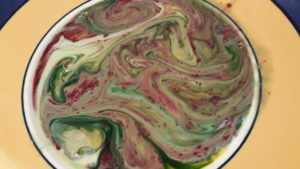
Milk, food coloring and a bit of soap was supposed to create a firework of colors… didn’t work out (the dye just sank when we added the soap) but it got pretty anyway!
DIY-lava lamp! Sunflower oil, food coloring, water and some aspirin make the trick!

Impressive equilibrium… much easier than it seems! We even managed to put the match on fire!
Toothpaste for elephants? Didn’t know where to get hold on H202 stronger than 3% (which I found at the pharmacy) so our toothpaste was nothing like the crazy ones we saw on youtube… but definitely the children’s favorite!
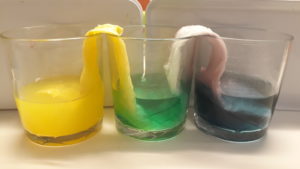
…and yes, blue plus blue makes green!

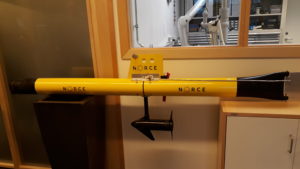
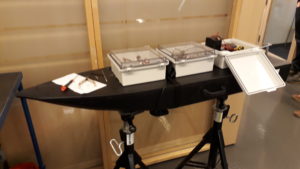
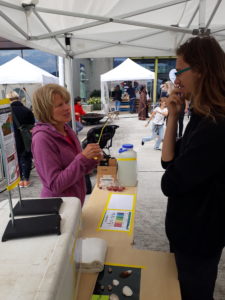 I wonder if the cashier reacted to my somewhat strange shopping list last Saturday morning: 1 kg of salt, three kilos of ice and a bottle of food coloring. Had he asked, I’d gladly have told him that I was on my way to “
I wonder if the cashier reacted to my somewhat strange shopping list last Saturday morning: 1 kg of salt, three kilos of ice and a bottle of food coloring. Had he asked, I’d gladly have told him that I was on my way to “